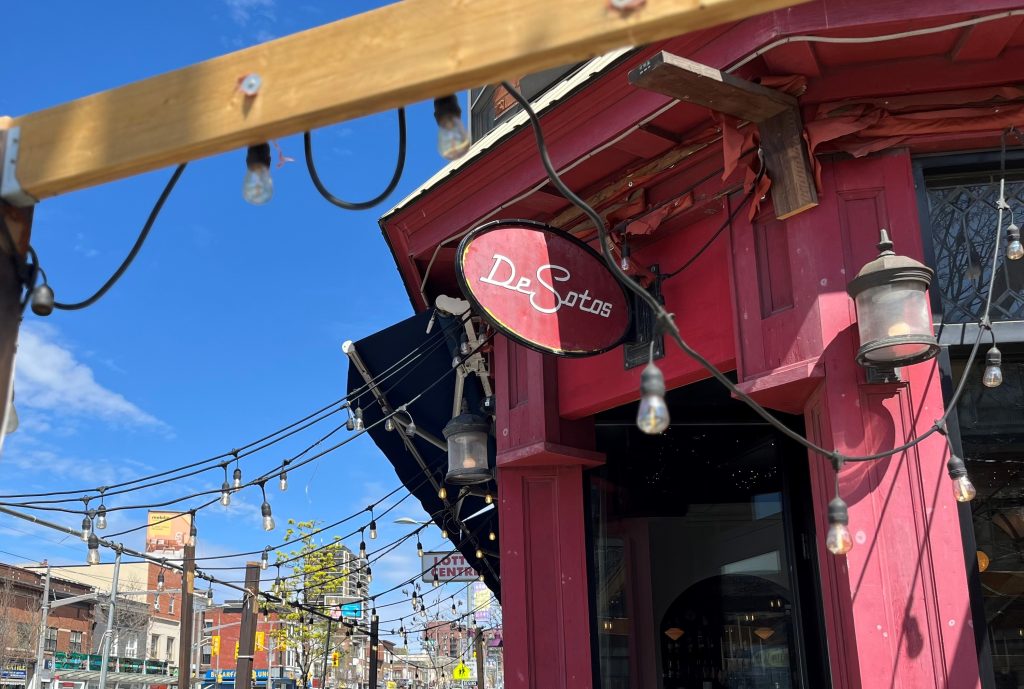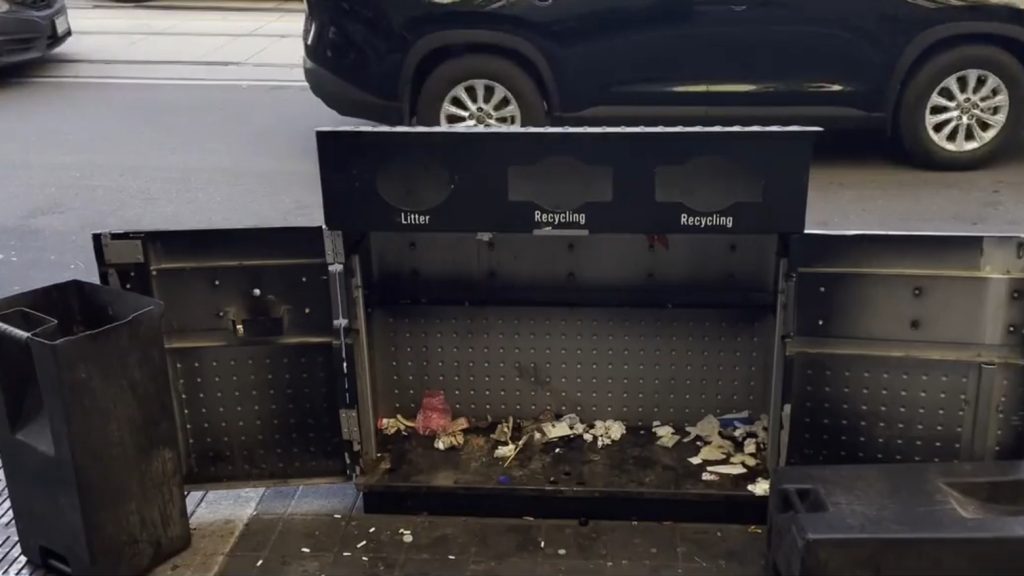Weapons still found in Ontario jails despite millions spent on body scanners
Posted August 22, 2017 4:55 pm.
Last Updated August 22, 2017 7:10 pm.
This article is more than 5 years old.
Despite spending millions on high-tech body scanners, weapons are still being found in Ontario jails.
On Monday, a correctional officer working at the Central East Correctional Centre (CECC) was sent to hospital after he was slashed three times, allegedly by an inmate with a ceramic knife.
“We’re lucky he’s able to recover at home,” OPSEU Local 368 president Chris Butsch explained.
“A few inches either way and it could’ve been a major artery.”
Butsch said the correctional officer received 24 stitches.
To see graphic images of the injuries click here and here.
This isn’t the first time a correctional officer has been injured with these types of blades since a body scanner was installed at the Lindsay-area jail last October.
“Another (correctional officer) was stabbed back in the winter with a similar knife,” Butsch said.
And it isn’t just a problem at one jail.
“We are finding ceramic blades almost daily, and a lot of other things too,” said Ryan Graham, acting president at Maplehurst Correctional Complex’s OPSEU Local 234.
About a dozen provincial institutions have body scanners on site.
The SecurPASS whole body X-ray security imaging system is supposed to detect ceramic knives, which are gaining in popularity in Ontario jails, as well as drugs and pills.
The Ministry of Community Safety and Correctional Services announced the installation to big fanfare in May 2016. It cost about $10 million to have the machines installed at all 26 provincial institutions.
“It was such a newsworthy item, but when it came to implementing them, it’s been like pulling teeth,” Graham explained.
A CityNews investigation in January revealed a litany of problems with the installed machines — primarily that staff hadn’t been trained to use them and that months after their delivery, they were sitting unplugged, gathering dust.
Since then, training has been implemented and the machines are being used — but they aren’t catching the contraband that made its way into the jails years ago.
“I pushed for institutional search from day one,” explains OPSEU’s Chad Oldfield.
“And from day one we were told, it’s not going to happen because of cost and the impact on operations and the impact on inmates.”
Jails that have the scanners only search incoming inmates — not those that are already in the institution.
“The scanners have been great,” Oldfield said. “But there’s that whole aspect of the contraband that was in the institution since prior to the scanner, and the employer has turned a blind eye to it.”
Several sources confirmed that institution-wide searches of cells and inmate living areas has not happened at any jail where scanners are installed.
“Adult institutional policy and procedures says once a month the entire jail must be searched, but that never ever happens,” a correctional officer from Elgin-Middlesex Detention Centre told CityNews.
“Managers that say otherwise are just fudging the reports.”
A letter written in December 2016 from former Correctional Services Minister David Orazietti to union leadership read, “The ministry is moving forward with a pilot project at the Maplehurst Correctional Complex to conduct a full institution search, including a full body scan of all existing inmates.”
That was supposed to start in early 2017 and be followed at all other jails. It didn’t happen.
“The local administrators at Maplehurst pushed back and said, ‘There’s no way.’ They said it cost too much money and would take too much time,” explained Oldfield.
“We created a joint committee with management and came up with a blueprint that would make the search more efficient and then we got the run-around. It was in legal, then it was on the superintendent’s desk, then it was back in legal. The administration just had no appetite for it.”
Oldfield said there have been several inmate-on-inmate assaults using these types of weapons since the scanner’s installation.
“The biggest problem was that there was a change in minister,” Oldfied said.
After months of inaction by the ministry, Monte Visselmeyer, chair of OPSEU’s corrections caucus, said the union put forth another option.
“We suggested we look at Toronto East (Detention Centre) for a search pilot project. It has a smaller inmate population,” he said. “But we are still waiting for upper corporate levels to agree.”
“In order to establish a baseline standard of safety for correctional staff and inmates across the province, all institutions that are scheduled to implement scanners or are currently using body scanners must conduct an institution-wide search using the body scanner,” Oldfield said.
“We need to actually see what’s already in the heart of the jail, not just what the new admissions are bringing in.”
CityNews is still waiting for comment from the ministry, as well as Correctional Services Minister Marie-France Lalonde, with regards to institution-wide searches.
In a brief statement, ministry spokesman Andrew Morrison confirmed Monday’s attack on the correctional officer.
“Approximately 10 inmates in a unit at the Central East Correctional Centre caused a disturbance yesterday,” Morrison wrote. “During efforts by correctional staff to secure the inmates in the unit, one staff member was injured. The officer was sent to hospital, treated for injuries and released.”
On Tuesday, staff at CECC were told that an intuition-wide search will take place.
“It’s sad that it took a (correctional officer) getting slashed for us to get it,” explained Butsch.
Letter From Minister by CityNewsToronto on Scribd










